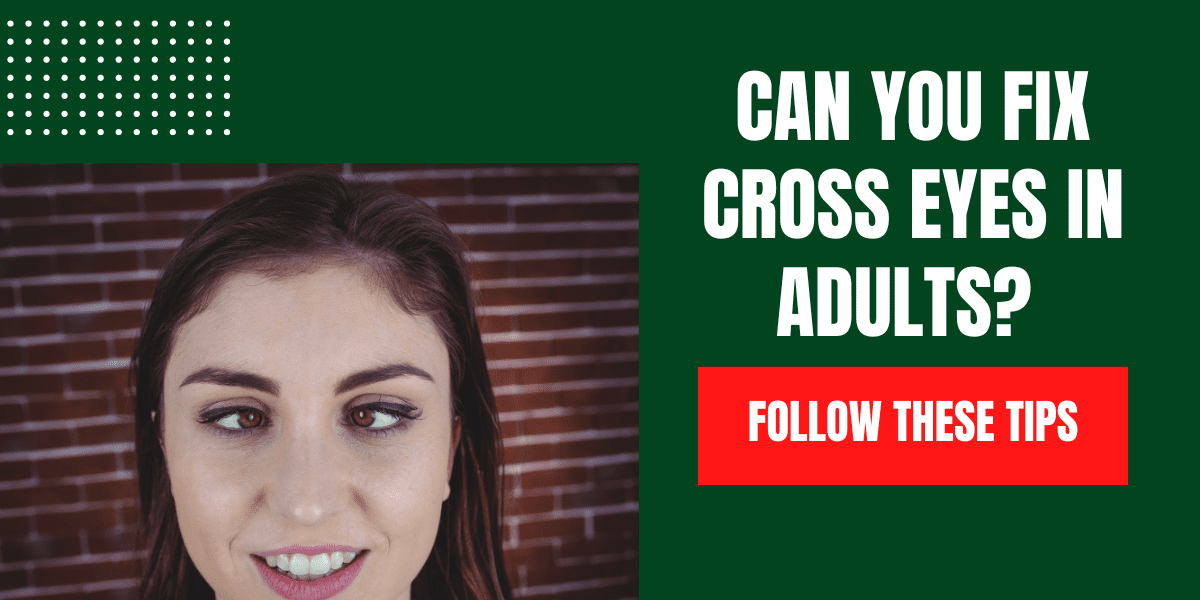
For most of us, our eyes are an important part of our everyday lives. We use them to drive, read, and communicate with those around us. But for a small percentage of the population, their eyes don’t work quite the way they’re supposed to. If you have crossed eyes, also known as strabismus, your eyes may not point in the same direction when you look at an object. This can occur in one or both eyes and occasionally or all the time. While crossed eyes are more common in children, they can also affect adults. So, what causes crossed eyes in adults, and is there anything that can be done to fix them?
What Causes Crossed Eyes in Adults?
There are two main types of strabismus: convergent (or inward crossing) and divergent (or outward crossing). Strabismus can be caused by a variety of factors, including genetics, an injury to the eye or surrounding muscles, or certain medical conditions such as diabetes or a Thyroid disorder. In some cases, strabismus may develop in adulthood due to visual stress from reading or using digital devices for long periods of time. If you suspect you have strabismus, it’s important to see an eye doctor or ophthalmologist for an evaluation.
If left untreated, strabismus can cause amblyopia—or “lazy eye”—which occurs when the brain begins to favor one eye over the other because it’s getting a clearer image from that eye. If amblyopia is not detected early and treated properly, it can lead to permanent vision loss in the affected eye. The good news is that with early diagnosis and treatment, amblyopia can be successfully treated in most cases.
Some common causes include:
• Muscle weakness: The muscles around the eyes can weaken as we age, which can cause the eyes to cross. This is often seen in older adults who have had a stroke or other neurological condition.
• Eye injury: An injury to the eye can damage the muscles that control eye movement. This can lead to crossed eyes.
• Brain injury: An injury to the brain can damage the nerves that control eye movement. This can also lead to crossed eyes.
• Tumors: Tumors of the brain or eye can press on the nerves that control eye movement and cause crossed eyes.
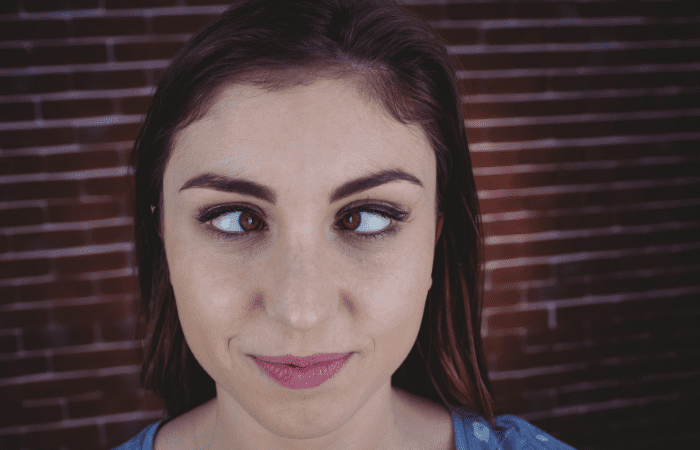
Symptoms of Crossed Eyes in Adults
The most common symptom of crossed eyes is intermittent or constant eye turning. One eye may turn inward (esotropia), outward (exotropia), up (hypotropia), or down (hypertropia). This can happen when you are looking at an object straight ahead or when you are looking to the side. The number of eye turns can range from mild to severe. Other symptoms of crossed eyes include:
1. Headaches
If you have crossed eyes, you may experience headaches. This is because your brain is working overtime to process the two different images it is receiving from your eyes. In some cases, the headaches may be severe enough to cause nausea and vomiting. If you are experiencing migraines or cluster headaches in addition to crossed eyes, it is important to see a doctor as soon as possible.
2. Double Vision
Another common symptom of crossed eyes is double vision. This occurs when your brain receives two different images from your eyes and tries to superimpose them on top of each other. As a result, you may see two of everything—or one image may appear blurry while the other is clear.
3. Trouble Reading
If you have trouble reading, it could be a sign that you have crossed eyes. This is because double vision can make it difficult to focus on words on a page. In some cases, people with crossed eyes may be able to read just fine—but they may have to tilt their head to one side in order to do so.
4. Poor Depth Perception
Crossed eyes can also cause problems with depth perception—which means judging how far away an object is. This can make everyday activities like driving or catching balls more difficult (and more dangerous).
5. Excessive Squinting
If you find yourself squinting more than usual, it could be a sign that you have crossed your eyes—particularly if you squint one eye more than the other. Squinting can help reduce double vision by blocking out one image—but it should not be done for extended periods of time as it can lead to headaches and migraines.
6. Difficulty Seeing in 3D
If you have ever tried to watch a 3D movie without glasses, you know how difficult (and nauseating) it can be. For people with crossed eyes, this is because both of their eyeballs are pointing in slightly different directions—which makes it impossible for them to see in 3D without using special glasses or lenses.
7. Abnormal Eye Movement
Sometimes, people with crossed eyes will move their eyeballs abnormally in order to try and achieve a single vision (this is called an abnormal fixation). This can lead to tiredness and fatigue—as well as headaches and migraines. If you notice yourself doing this frequently, it is important to see an optometrist or ophthalmologist as soon as possible.

How Are Crossed Eyes Treated in Adults?
The treatment for crossed eyes depends on the underlying cause. Treatment typically involves special exercises or surgery to correct the problem if the cause is an issue with the muscles that control eye movement. If the cause is damage to the nerves that control eye movement, treatment typically involves physical therapy to help retrain those nerves. Finally, if the cause is a problem with one of the structures inside the eye, treatment typically involves glasses or contact lenses to help align the eye properly.

Best Exercise For Crossed Eyes in Adults
Here are some exercises that can help with crossed eyes for adults:
The Cover Test: This exercise helps to assess which eye is stronger. Sit or stand about two feet away from a doorframe or other straight edge. Hold your thumb up at arm’s length and focus on it. While keeping your focus on your thumb, quickly move your thumb away and cover one of your eyes with your palm. If the doorframe or other object appears to shift when you cover your eye, then that eye is the stronger one. Repeat this process with the other eye. Try doing this exercise several times a day, and make sure to keep track of which eye is stronger so you can focus on strengthening the other one.
The Pencil Exercise: This exercise helps to strengthen the muscles around the eye. Sit or stand about two feet away from a doorframe or other straight edge. Hold a pencil at arm’s length and focus on it. Slowly move the pencil closer to your nose while keeping your focus on it. Once the pencil is as close to your nose as possible without crossing your eyes, hold it there for a few seconds before moving it back to arm’s length and repeating the process. Do this 5-10 times per day for best results.
The Ectropion Exercise: This exercise helps to stretch and strengthen the muscles around the eyelid. Gently pull down on your lower eyelid until you can see the white part of your eye (the sclera). Hold for five seconds before releasing. Repeat 10 times per day for best results.’
The Palming Exercise: This exercise helps relieve stress and fatigue around the eyes. Rub your palms together until they feel warm, then place them over your closed eyelids.’
The Vision Therapy Exercise: This therapy should be done under the supervision of an eye doctor or therapist, but it can be very helpful for those with strabismus. During vision therapy, patients will do various exercises designed to improve their eye muscle strength and coordination.
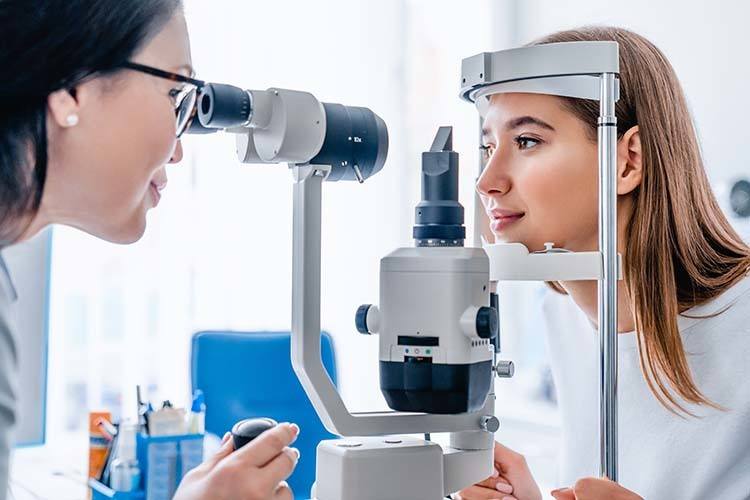
What is Crossed Eye Surgery?
Crossed eye surgery is also known as strabismus surgery. It is a type of ophthalmic surgery that is used to correct crossed eyes. The goal of the surgery is to realign the eyes so that they are both pointing in the same direction. This can be done by either weakening or tightening the muscles around the eye.
There are two types of crossed eye surgery: extra-ocular and intra-ocular. Extra-ocular surgery involves making an incision in the skin around the eye in order to access the muscles. Intra-ocular surgery, on the other hand, is done through tiny incisions in the eye itself and does not require any cuts to the skin.
The type of surgery that you will need will depend on the severity of your case. Your surgeon will be able to advise you on which type of surgery is best for you.
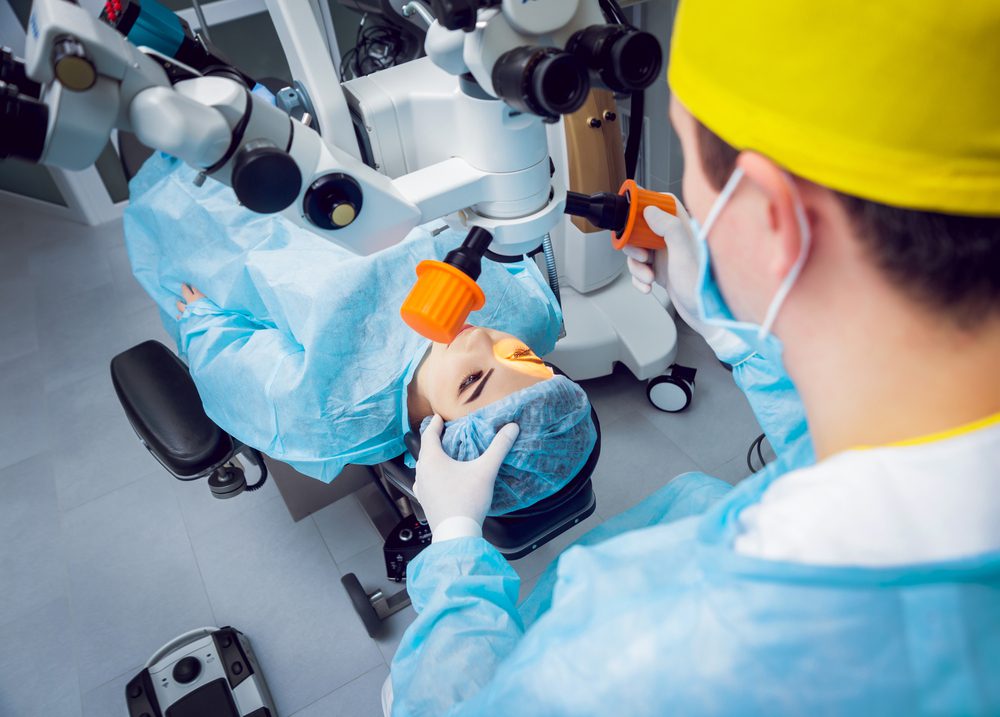
What Is the Recovery Like After Crossed Eye Surgery?
After surgery, it is normal to experience some bruising and swelling around the eyes. These symptoms will typically resolve within a week or two. You will also need to wear an eye patch for several days after the procedure in order to protect your eyes and allow them to heal properly.
Full recovery from crossed eye surgery usually takes four to six weeks. During this time, it is important to avoid strenuous activity and refrain from rubbing or touching your eyes too much. Your doctor will give you specific instructions regarding your post-operative care.
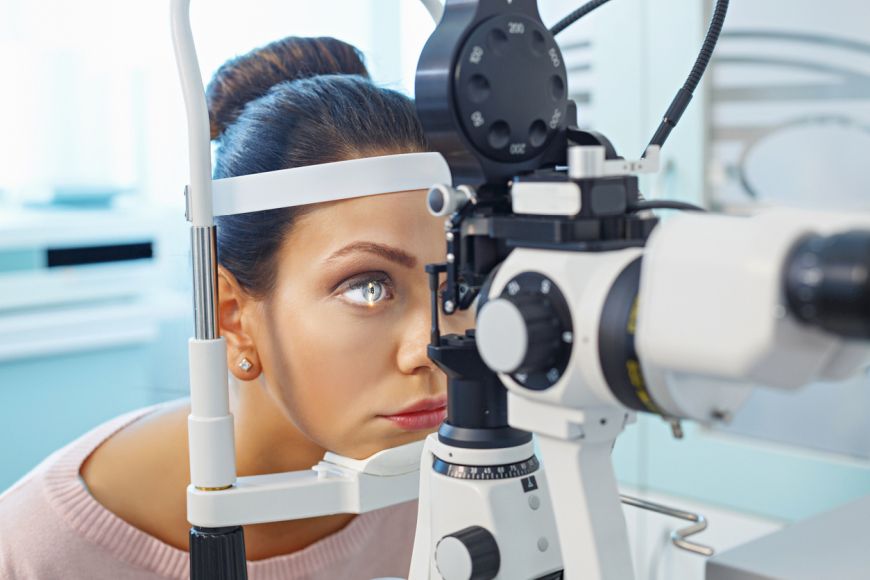
Final Thoughts
Crossed eyes, or strabismus, is a condition in which the eyes are not aligned properly. This can cause problems with vision and depth perception. Crossed eyes can be corrected through a variety of methods, including glasses, contact lenses, eye exercises, and surgery. The best treatment option for you will depend on the severity of your condition. If you are considering surgery, be sure to discuss the risks and benefits with your doctor beforehand.
Frequently Asked Questions (FAQs)
Is being cross-eyed a disability?
Most of the time, having a squint is not a disability unless it makes it hard for you to do normal things. If strabismus isn't treated when a child is young, it can lead to a lazy eye and loss of sight in the affected eye. If you can still see well out of the other eye, this is not likely to be a problem.
What do cross-eyed people see?
When a child has strabismus, his or her eyes don't work together to form a single focused image. Thus the brain receives conflicting information. The consequence can be double vision or a distorted perception of the thing.
How successful is strabismus surgery in adults?
In fact, 80% of people who have surgery for strabismus are able to achieve appropriate alignment. This means that the majority of adult patients with strabismus can be successfully treated. Additionally, there is a modest risk associated with adult strabismus surgery, with anecdotal and infrequent reports of significant consequences.
Is strabismus surgery painful?
After surgery for strabismus, people seem to feel pain in many different ways. Most people, especially those having their first surgery, have moderate pain that can be treated with Tylenol or Motrin. Pain can last anywhere from a few hours to a few days.




